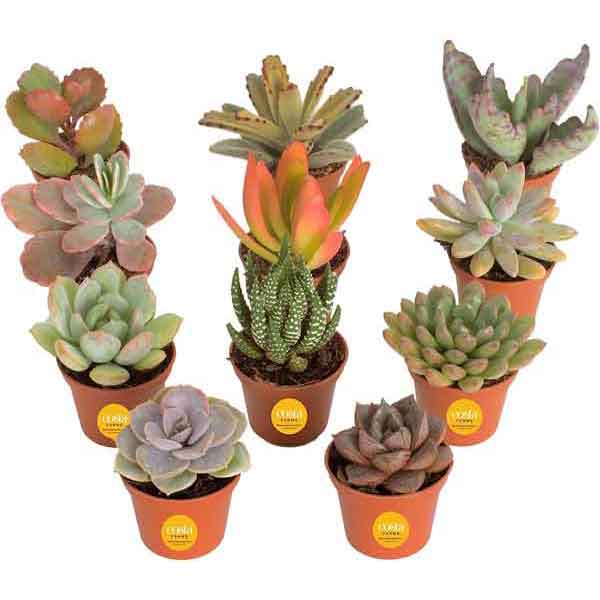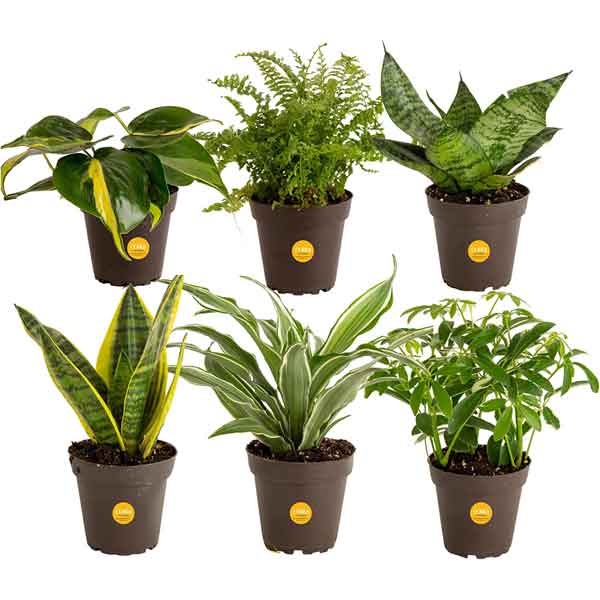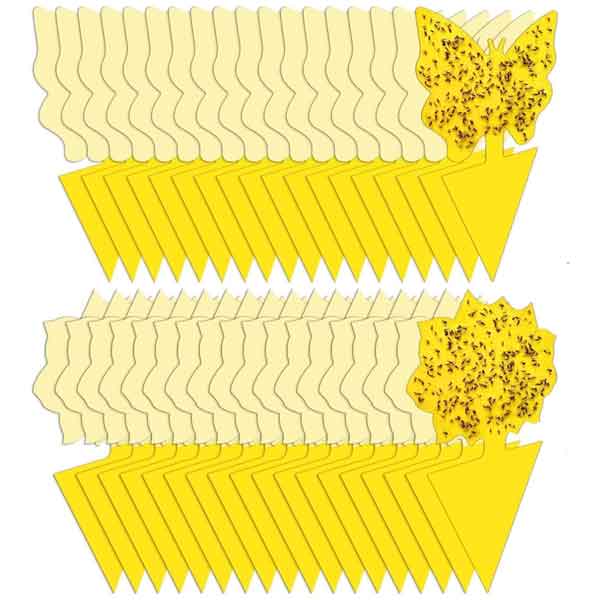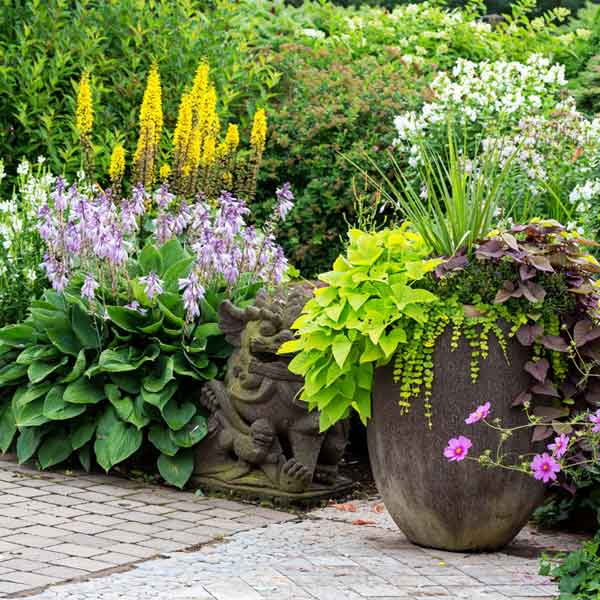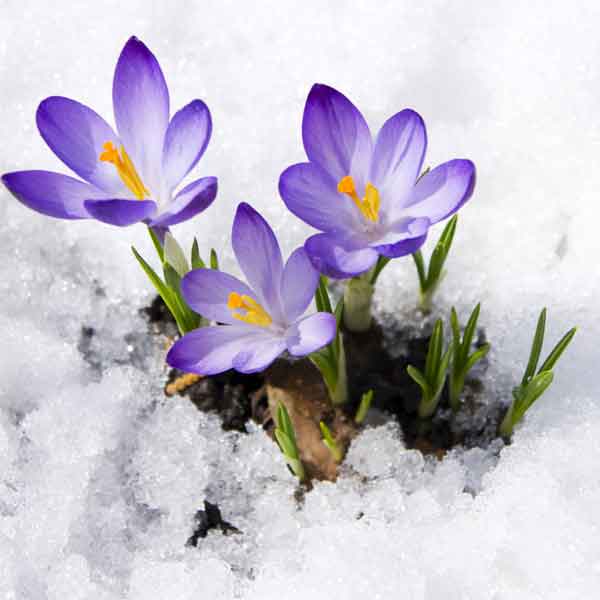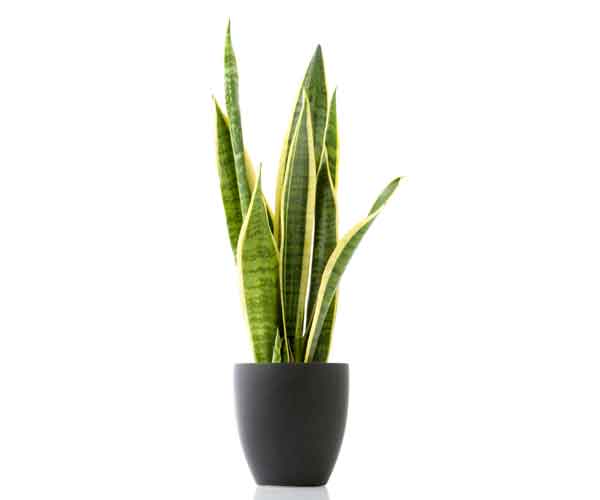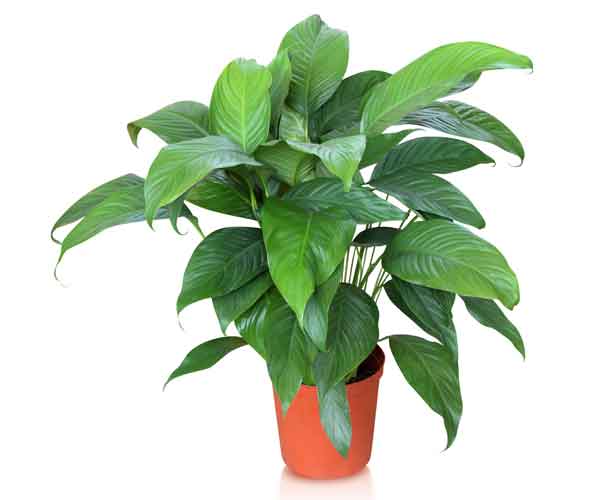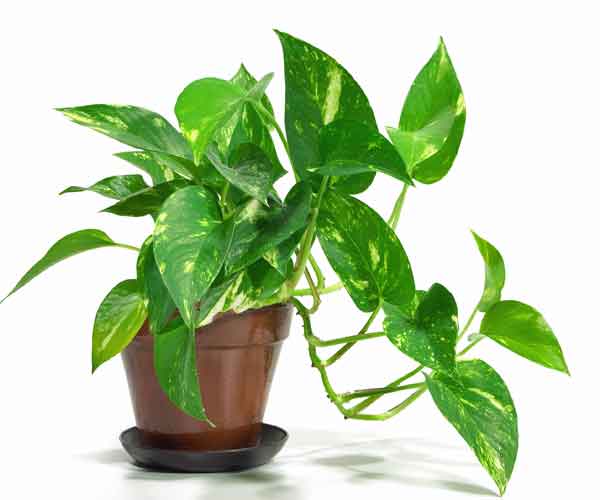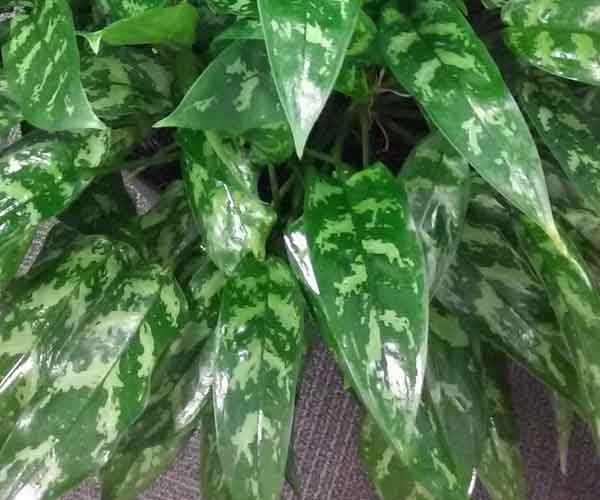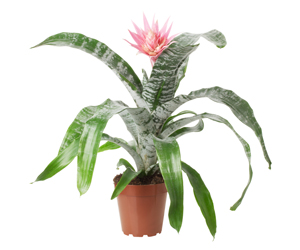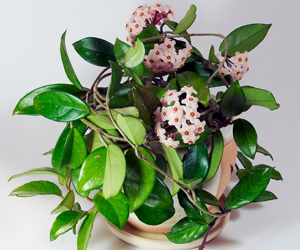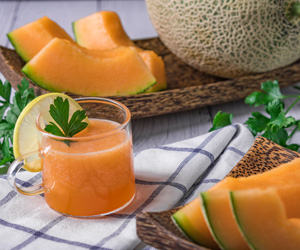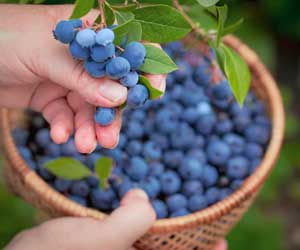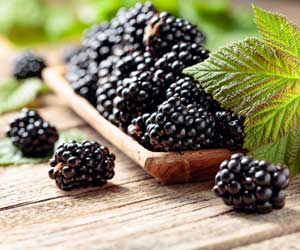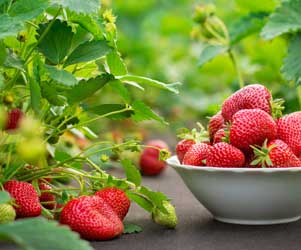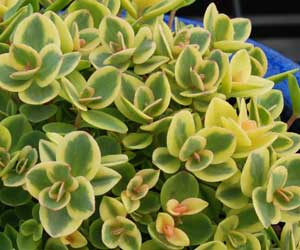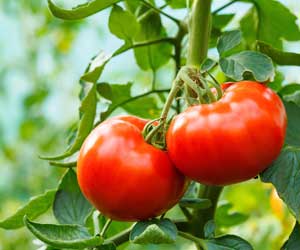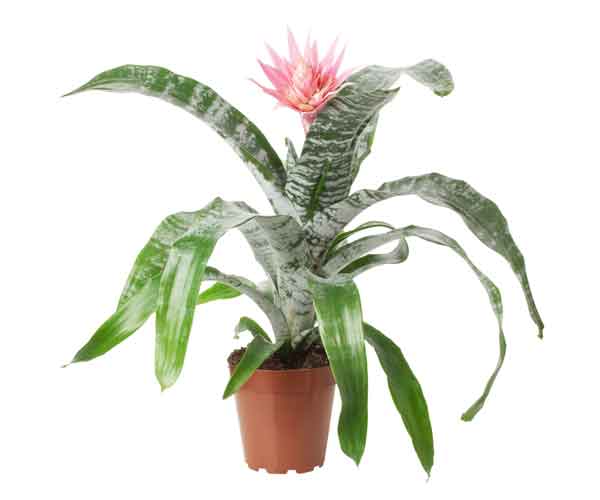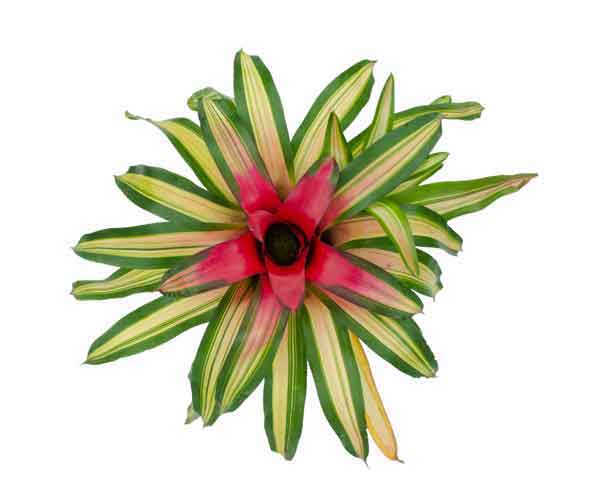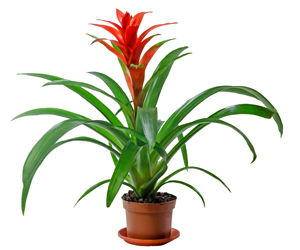Care of Aglaonema Black Lance
House Plants Flowers
There are so many different varieties of Aglaonema. The Aglaonema Black Lance is one of them. A diverse house plant group, it seems the plant producers are always coming up with a new and improved Chinese Evergreen. Sometimes these new Aglaonema varieties are healthy and robust. Sometimes they develop problems and they just stop growing them.
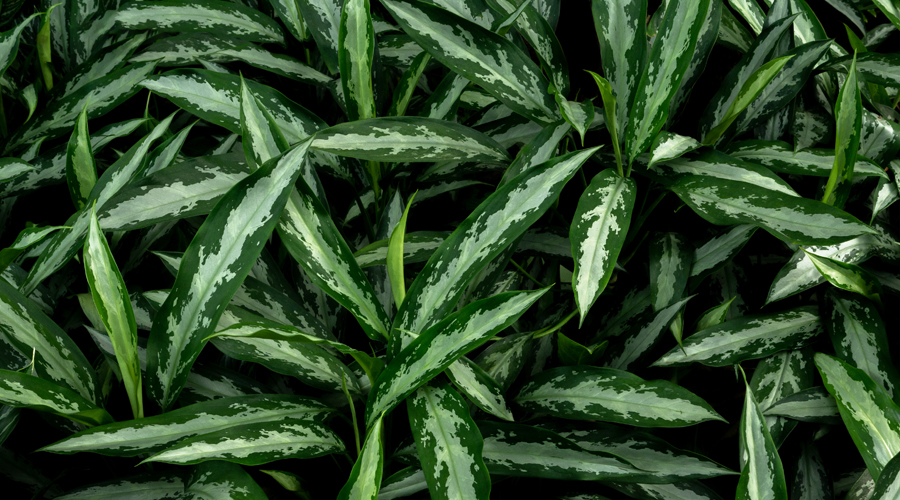
Aglaonema Black Lance
Aglaonema Black Lance has been around for quite awhile. It is used quite often in the interior landscape industry although it is not always available through the growers. The "Black Lance" is a great looking Aglaonema plant. If you have one of these plants, read on for care information.
Some of the most common Aglaonema plant varieties are the Aglaonema Emerald Beauty, Silver Queen and the Aglaonema Silver Bay. Aglaonema plants have a bush-like or clumping growth and, depending on the pot size, can be from 8 inches to 4 feet in height.
Aglaonema Black Lance is an attractive, easy to care for plant and the Aglaonema plant is on just about everyones list of best house plants. Aglaonema Black Lance plants can be maintained at the lower light levels often found in the home or office. Although there are many varieties of Aglaonema plants, the care for all Aglaonema plants is very similar.
Almost all Aglaonema are variegated to some extent. Keep in mind that the variegated types need more light than those with less variegation. Typically, the lighter the color of a plant, the higher the light levels it needs to maintain its color and variegation.
Aglaonema Black Lance Plant Care Question?
Aglaonema Black Lance plant questions? I would be happy to answer any houseplant questions as I can. Free of charge, no sign-ups required!
Aglaonema Black Lance house plant questions or problems? You can send a houseplant question but before you do, please finish reading this page and other house plant care information on watering your indoor house plants, how to help keep your houseplant's root system healthy, lighting for your houseplants, and basic houseplant care. These are most important for your house plant's health and this is some of the information I will refer you to if you send an email.
Working in the interior landscape industry, I get a lot of questions from customers about their personal houseplants. It is nice helping them keep their indoor house plants growing and healthy. That is why I started this website, to help others learn how to care for their indoor plants and flowers. So please read on!
Aglaonema Black Lance Plant Care
How To Water
If you place your Aglaonema Black Lance in high light, you can allow the potting mix to dry down 1/2 to 3/4 of the way out before watering thoroughly. In a lower light situation, allow soil of your Aglaonema plant to dry almost completely between waterings. Please read the section on watering for more on the most important part of your plant care.
Aglaonema Black Lance Plant
Other Care Tips
The Aglaonema Black Lance is a great house plant for just about any location except full sun. Full sun, especially through glass, will scorch the exposed leaves. Aglaonema plants will survive in low light but will become thin and leggy. For a nice looking plant, try to provide bright, diffused natural light or some artificial fluorescent light. This plant will do quite well with just artificial lighting. For this reason Aglaonema Black Lance is ideal for use in professional office space.
Temperatures for Aglaonema should not be allowed to drop below 60°F. They are not cold tolerant plants.
To help keep your Aglaonema Black Lance house plant full and bushy, remove some of the new leaves as they appear. Do this by firmly grasping the stem the new leaf grows from and hold the new leaf near its base and gently pull. It should come out entirely and this is preferred. Do not use scissors. Leaves, stems etc. should be removed completely with no "stump" left behind. Wounds on a plant allow for entry of disease and can attract insects. Remove flowers or bracts in the same way.
Problems with Aglaonema Black Lance should be few and this plant should do well in almost any environment. They are prone to stem and root rot if the soil is kept overly wet. Aglaonema plants will become leggy if kept in low light for extended periods of time.
Indoor House Plants and Care
Amazon Affiliate Links - May Earn Commission - Thanks!
Mealy bugs are one of the most common insect problems that you may have with Aglaonema. An oval shaped, somewhat flattened body and six legs distinguish this insect, although they can appear to have more legs because of their "antennae" and "tails". They also have a fringe around the body. A waxy, protective substance covers the body of adults and egg sacs giving them a cottony appearance.
Mealy bugs excrete a sticky substance called honeydew. You may see or feel it on the leaves. They normally are found in hidden areas, the undersides of the leaves or in leaf axils. Keep an eye out for these pest, especially when you first bring a new plant home. Here is a picture of mealy bugs on a houseplant.
It is a good idea to quarantine any new additions to your indoor house plant family for a few weeks just to be sure there are not any insects that were not noticed at first. Wash down your new indoor house plant with a mixture of water and mild dish detergent. I like to add a few drops of Eucalyptus essential oil or Orange essential oil to my house plant cleaning solution.
Apply to top and lower leaf and stem surfaces of your house plants, being careful not to saturate the soil. You can clean by hand or use a spray bottle to apply your house plant cleaning solution. I use a sponge moistened with my cleaning solution to gently wipe the top and lower leaf surfaces. Cleaning of your houseplants should be a regular part of your houseplant care.
Never apply anything to the foliage of your plant while it is in the sun or when the soil is dry. Water first and move to a shady location. Hope this has been helpful to you as you care for your indoor plants and flowers! More houseplant care information below...
Aglaonema Plant Variety Links
⚘ Aglaonema Black Lance ⚘ Aglaonema Brilliant ⚘ Aglaonema Calypso ⚘ Aglaonema Cecelia ⚘ Aglaonema Christina ⚘ Aglaonema Cutlass ⚘ Aglaonema Diamond Bay ⚘ Aglaonema Emerald Bay ⚘ Aglaonema Emerald Beauty ⚘ Aglaonema Emerald Holiday ⚘ Aglaonema Firecracker ⚘ Aglaonema Gemini ⚘ Aglaonema Gold Dust ⚘ Aglaonema Golden Bay ⚘ Aglaonema Green Lady ⚘ Aglaonema Indo Queen ⚘ Aglaonema Jewel of India ⚘ Aglaonema Jubilee ⚘ Aglaonema Jubilee Petite ⚘ Aglaonema Key Largo ⚘ Aglaonema Lumina ⚘ Aglaonema Maria ⚘ Aglaonema Mary Ann ⚘ Aglaonema Moonlight Bay ⚘ Aglaonema Romeo ⚘ Aglaonema Siam ⚘ Aglaonema Silver Bay ⚘ Aglaonema Silver Queen ⚘ Aglaonema Silverado ⚘ Aglaonema Sparkling Sarah ⚘ Aglaonema Sterling ⚘ Aglaonema Stripes ⚘ Aglaonema Tigress ⚘ Aglaonema White Rain ⚘
Plants & Flowers
Easy House Plants
Home Gardening
Bromeliad House Plants
Social Media Pages
Plants Flowers
on Twitter
Tweets by plantcare2
PFI Facebook Page
Home and Garden
Houseplant Care Question?
Questions about your indoor house plants or plant care problems? You can send a house plant question, free of charge, no sign ups, registration or log in required!
Before you send a houseplant care question, please be sure to read this information on watering your indoor house plants, how to help keep your your indoor house plants root system healthy and lighting for your indoor house plants and flowers. These are most important for the health of your house plants and this is some of the information I will refer you to if you send an indoor house plant or flower care question.
You can post comments, find answers to plant care questions, or share some of your own plant wisdom on our plant care Facebook Page, Twitter page or visit my plant care blog. You can also find plant pictures, gardening ideas, and more at our plant and flower Pinterest page.
Thanks for visiting and come back soon as houseplant care information, pictures and more are being added all of the time. I hope that your indoor tropical house plants and all of your plants and flowers are happy, green and growing because that is why I started this indoor house plant and flower care website, PlantAndFlowerInfo.com.
Common House Plants Flowers Care Guide
Indoor Plants Pictures Names ⚘ Best Indoor Plants ⚘ Adiantum Fern Care ⚘ Aechmea Bromeliad Plant ⚘ Aglaonema Plant Care ⚘ Aglaonema Maria Plant Care ⚘ Aglaonema Silver Queen Plant Care ⚘ Aglaonema Silver Bay Plant Care ⚘ Anthurium Plants ⚘ Aphelandra Plant ⚘ Arboricola Plant Care ⚘ Aspidistra Plant Care ⚘ Asplenium Nidus Plant Care ⚘ Basic Houseplant Care ⚘ Birds Nest Ferns Plant Care ⚘ Boston Ferns Plant Care ⚘ Botanical Calendars ⚘ Bromeliad Plants ⚘ Build A Greenhouse ⚘ Buy Greenhouse ⚘ Buy House Plants ⚘ Cast Iron Plant ⚘ Chinese Evergreen Plant Care ⚘ Chlorophytum Plant Care ⚘ Codiaeum Houseplant Care ⚘ Corn Plant Care ⚘ Croton Plant Care ⚘ Devil's Ivy Plants & Care ⚘ Dieffenbachia Plant Care ⚘ Dracaena House Plant Care ⚘ Dracaena Janet Craig Plant Care ⚘ Dracaena Marginata Plant Care ⚘ Dracaena Warneckii Plant Care ⚘ Dumb Cane Plant ⚘ English Ivy Hedera ⚘ Ferns Plant Care ⚘ Ficus Trees Plants ⚘ Fittonia Plant Care ⚘ Flower Calendars ⚘ Heart Leaf Philodendron ⚘ Hedera English Ivy ⚘ How to Care for Marble Queen Pothos ⚘ Hoya House Plants ⚘ Lady Palm Plant ⚘ Lucky Bamboo House Plant Care ⚘ Maidenhair Ferns ⚘ Marble Queen Pothos ⚘ Marginata ⚘ Money Tree Plant Care ⚘ Mother In Law Tongue Plant Care ⚘ Names Pictures of Plants ⚘ Nephthytis ⚘ Norfolk Island Pine ⚘ Orchid Flowers ⚘ Palm Plants ⚘ Peace Lily Care ⚘ Philodendron "Brasil" Plant Care ⚘ Philodendron Cordatum ⚘ Philodendron Silver Care ⚘ Plant Calendars ⚘ Poinsettia Plant Flower Care ⚘ Pothos Plant Care ⚘ Rhapis Palm Plant Care ⚘ Sansevieria Plant Care ⚘ Schefflera Plant Care ⚘ Self-Watering Planters ⚘ Care of Silver Bay Plant ⚘ Snake Plant Care ⚘ Spathiphyllum Care ⚘ Spider Plant Care ⚘ Care of Syngonium Plant ⚘ Succulent Plant Care ⚘ Warneckii Plant Care ⚘ Weeping Fig Tree ⚘ Zebra Plant ⚘ ZZ Plant House Plant Care ⚘ Plant Links
Other Plant Flower Links
Best Indoor Plants ⚘ Indoor House Plants Pictures Names ⚘ Water Indoor Plants ⚘ Lighting Indoor Plants ⚘ Bonsai Plants ⚘ Common House Plants ⚘ Indoor Palm Plant Care ⚘ Orchids ⚘ Pets & Plants ⚘ Buy Tropical Orchids Orchid Care ⚘ Plant Flower Gifts ⚘ Buy Plants Flowers ⚘ House Plant Guide ⚘ How To Books ⚘ Flowers Plants Poster Prints ⚘ Orchid Art & Posters ⚘ Gardening Calendars ⚘ Greenhouse Books-Gardening
